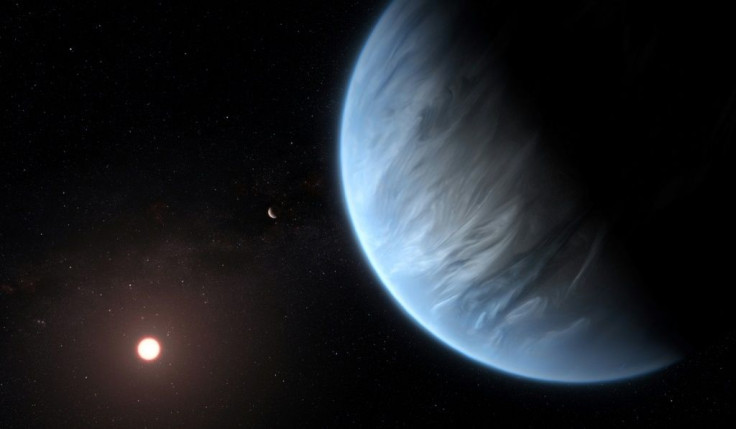Not A Planet, Hardly A Star: Meet Oph 98, A Pair Of Curiosity Wandering The Universe
KEY POINTS
- Astronomers discovered two strange objects orbiting each other using data from Hubble
- The pair was initially thought to be a system without a parent star
- The cosmic curiosities turned out to be "failed stars" orbiting each other
An international team of researchers led by the University of Bern has found a peculiar binary system approximately 450 light-years away from Earth. They named it CFHTWIR-Oph 98, or simply, Oph 98, a system consisting of two exoplanets existing in a system without a star. Or so they thought.
A closer look, however, revealed that the pair are actually brown dwarfs, which has since been named Oph 98 A and Oph 98 B. Brown stars are cosmic objects that behave the same way as stars, though they are much cooler and smaller.
Oph 98 A and Oph 98 B wander the universe together, orbiting one another at quite a massive distance -- in fact, 200 times the distance between our home planet and the Sun. The strange substeller objects were discovered using images from the Hubble Space Telescope.

The pair is an unusual example of two objects, similar in many ways to exoplanets, orbiting around each other without a parent star. The larger element, Oph 98 A, is a young brown dwarf with a mass of 15 times that of Jupiter, which is borderline in mass between a brown dwarf and a huge gas giant planet. Its companion, Oph 98 B, is 8 times heavier than Jupiter. In addition, the stellar association in which the binary system is located, Ophiuchus, is contained in a thick, dusty cloud that disperses visible light.
Binary system elements are bound by an intangible bond called gravitational binding energy, and this bond is reinforced as objects are more massive or closer to each other. With an exceptionally low mass and a very large separation, Oph 98 has the weakest binding energy of any binary system known to date.
With the discovery of two planet-like objects – already unusual products of star formation – joined together in such an intense arrangement, "we are really witnessing an incredibly rare output of stellar formation processes," as the team defines.
The observation of the curious Oph 98 system by the research team led by Clémence Fontanive from the Centre for Space and Habitability (CSH) and the National Planet Research Competence Center (NCCR PlanetS) is published in The Astrophysical Journal Letters.
© Copyright IBTimes 2024. All rights reserved.






















